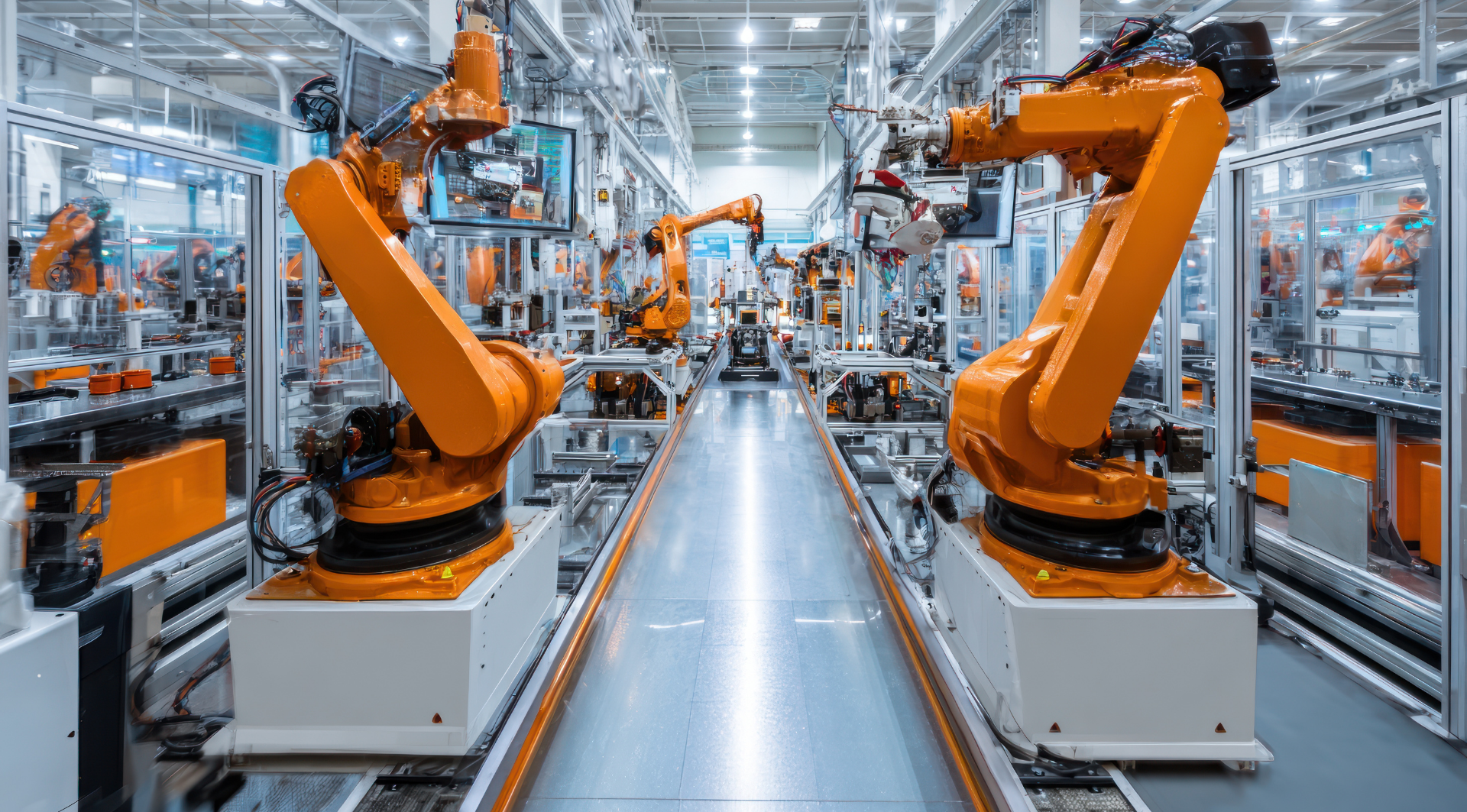 By: Admin / September 5, 2025
By: Admin / September 5, 2025
In robotics and automation, precision and reliability are non-negotiable. Conventional gear systems like spur or helical gears can introduce backlash, limiting motion accuracy. Cycloidal gears, however, offer a unique design that minimizes backlash, increases torque capacity, and enhances durability—making them the preferred choice for robotic arms, CNC machines, and automation equipment.
This article examines cycloidal gear technology, its design principles, and applications in advanced industries.
Cycloidal gears differ from traditional involute gears. Instead of tooth-to-tooth meshing, they use rollers and lobed discs that engage in a rolling motion.
Key components: – Cycloidal Disc – Rotates in a cycloidal path. – Roller Pins – Provide multiple contact points. – Output Shaft – Transmits motion with extremely low backlash.
Cycloidal gears can achieve efficiencies of 85–93% depending on design and lubrication. Their rolling contact design reduces friction compared to sliding contact systems (like worm gears).
Cycloidal gear technology is vital in industries requiring accuracy, compactness, and durability: – Robotics – Precision motion control for robotic arms and humanoid robots. – Automation Systems – Assembly lines, CNC machinery, and pick-and-place equipment. – Aerospace & Defense – High-precision positioning in satellite and defense systems. – Medical Equipment – Surgical robots and imaging systems. – Renewable Energy – Compact drives in solar trackers and wind systems.
Thus, planetary gears excel in general power transmission, while cycloidal gears dominate in precision-driven applications.
Cycloidal gears, though not directly covered by AGMA standards, must meet: – ISO precision classifications for tolerances. – ANSI/AGMA inspection methods for quality validation. – OEM-specific testing for backlash, torque, and service life.
Cycloidal gears redefine precision in robotics and automation by delivering backlash-free, high-torque, and durable performance. Their unique design ensures reliability in environments where traditional gears fall short.
📌 Call to Action: Need zero-backlash solutions for robotics or automation? [Partner with MASGearTech today] for cycloidal gear systems designed to outperform.
Leave a Comment